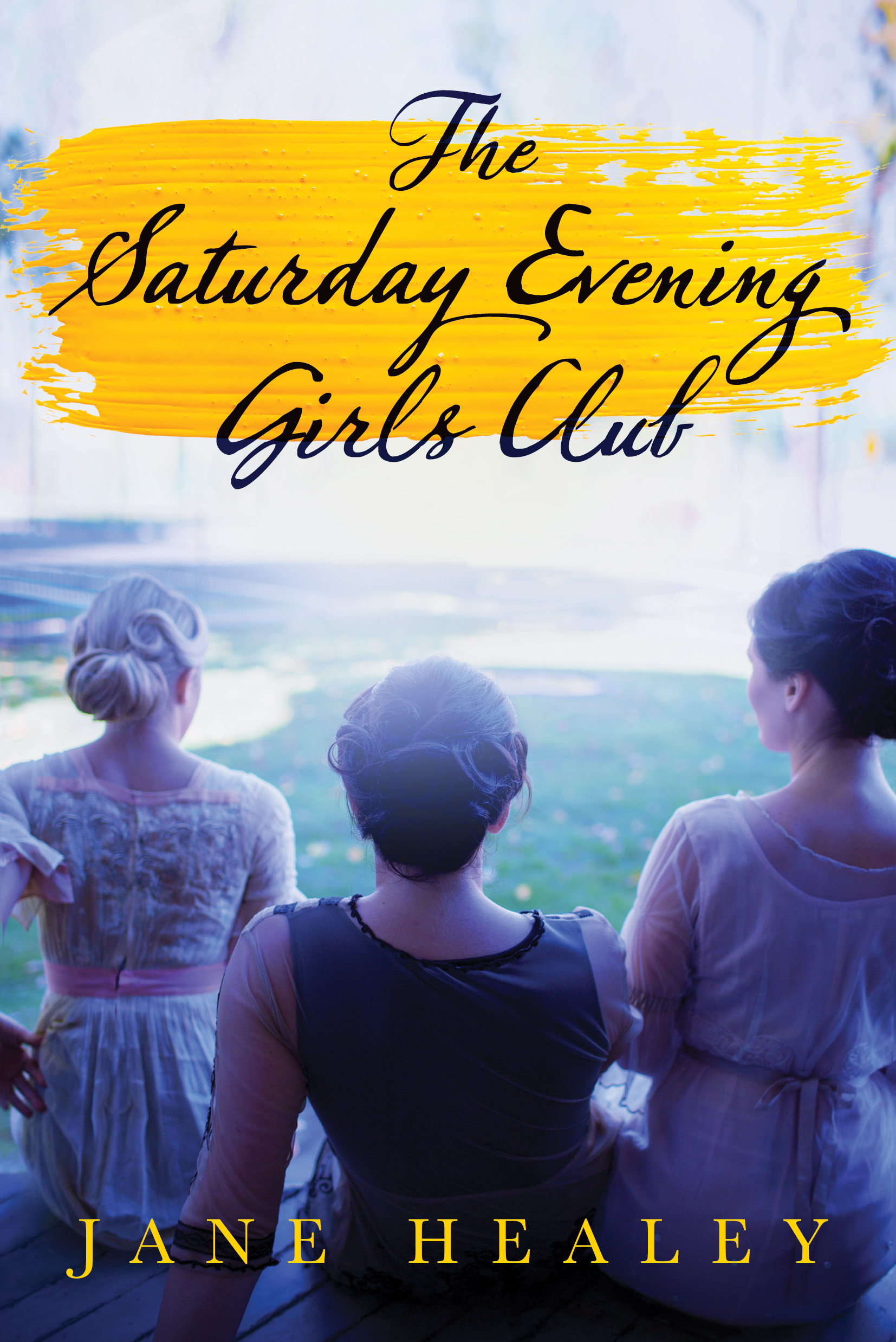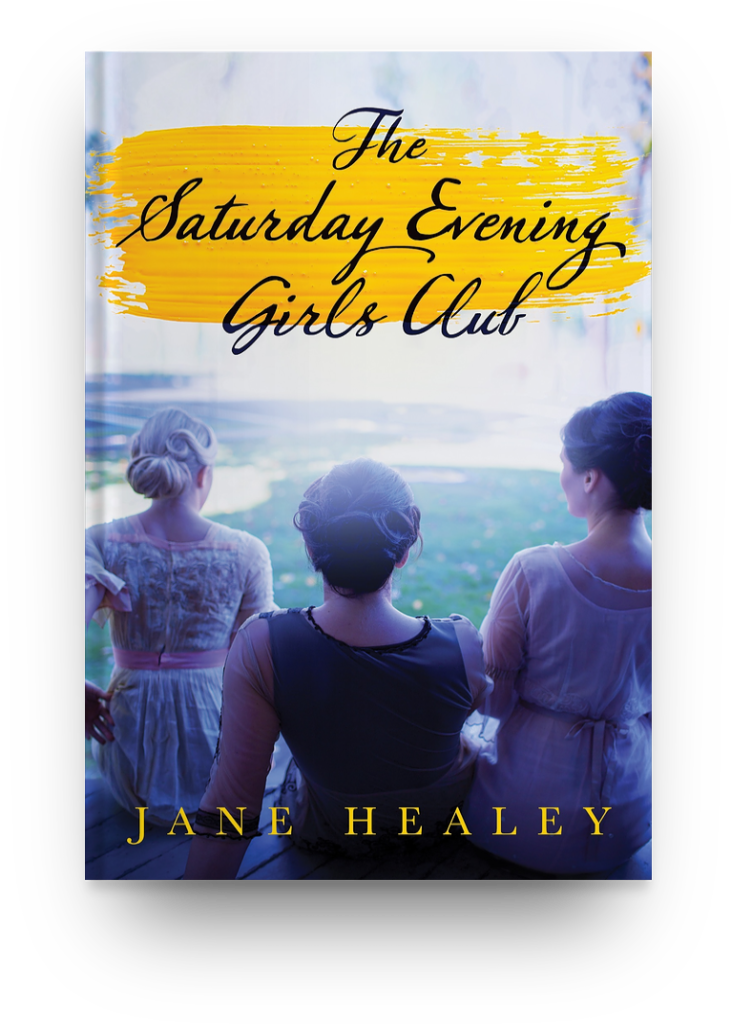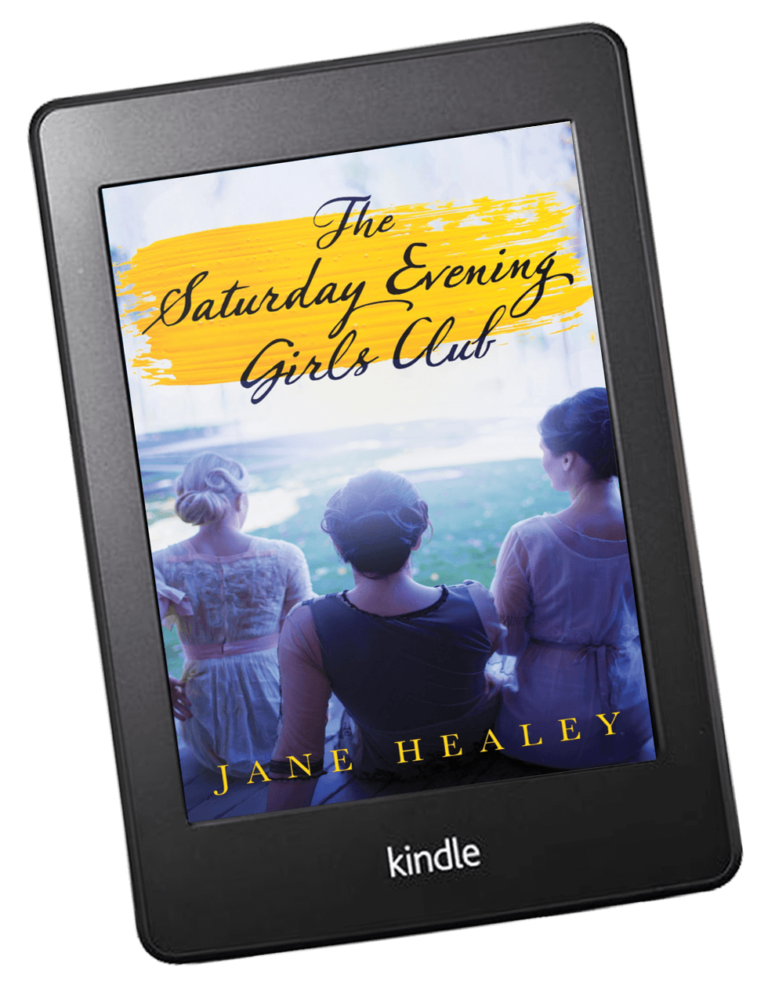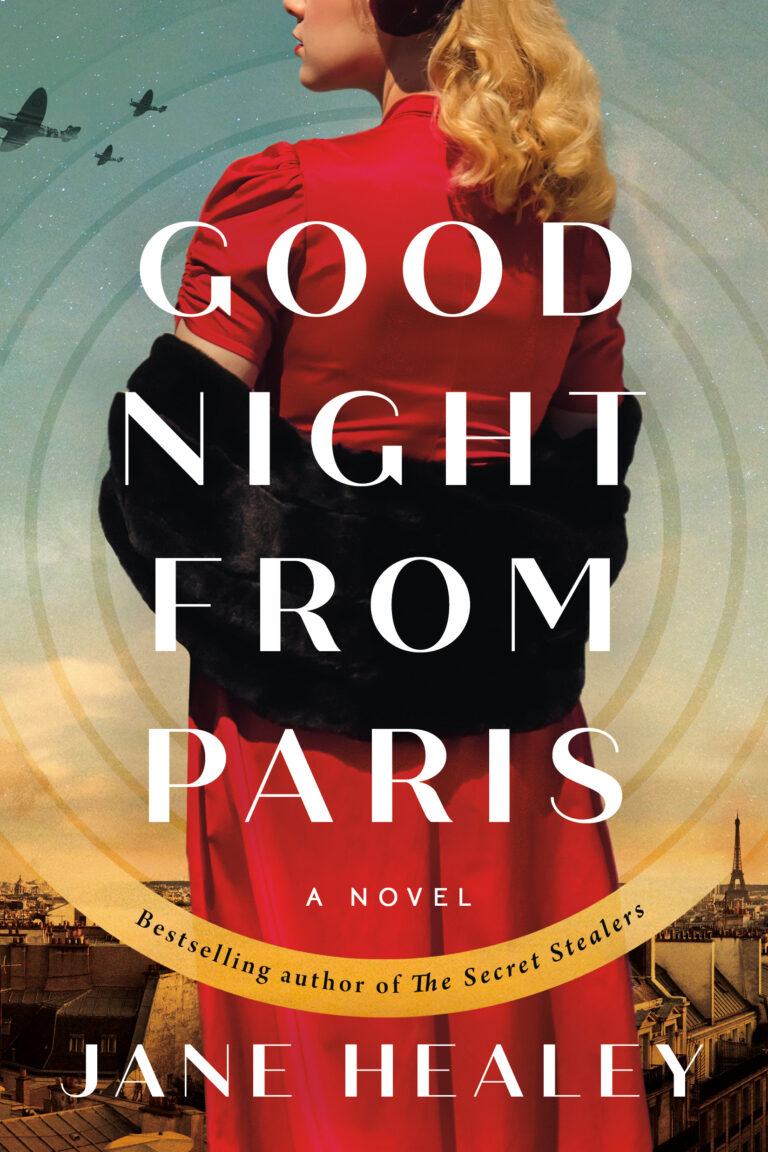For four young immigrant women living in Boston’s North End in the early 1900s, escaping tradition doesn’t come easy. But at least they have one another and the Saturday Evening Girls Club, a social pottery-making group offering respite from their hectic home lives—and hope for a better future.
Ambitious Caprice dreams of opening her own hat shop, which clashes with the expectations of her Sicilian-born parents. Brilliant Ada secretly takes college classes despite the disapproval of her Russian Jewish father. Stunning Maria could marry anyone yet guards her heart to avoid the fate of her Italian Catholic mother, broken down by an alcoholic husband. And shy Thea is torn between asserting herself and embracing an antiquated Jewish tradition.
The friends face family clashes and romantic entanglements, career struggles and cultural prejudice. But through their unfailing bond, forged through their weekly gathering, they’ll draw strength—and the courage to transform their immigrant stories into the American lives of their dreams.
Follow the four women of Jane Healey’s immersive historical drama and you’ll come face to face with how different life truly was for women at the turn of the century.
—Emily Carpenter, author of Burying the Honeysuckle Girls and The Weight of Lies
A winner from author Healey—I look forward to reading more from her!
—Camille DiMaio, author of the bestselling novel The Memory of Us and Before the Rain Falls
Delightfully immersive.
—M.K. Tod, author of Time and Regret
INTERVIEW WITH JANE HEALEY
Many of the questions I receive about Paul Revere Pottery and the The Saturday Evening Girls Club are covered in in my presentations. Be sure to sign up for my newsletter to receive upcoming invitations. Also, check out my recorded Webinar which offers a sneak peak about this new book.
This is based on the true story of a group of young Italian and Russian immigrant women in Boston’s North End at the turn of the twentieth century. The Saturday Evening Girls Club started out as a book club run by North End librarian Edith Guerrier, but, with the additional support of Helen Storrow, it involved into something much more. The young women in the club were ahead of their time. They were poor, first generation Americans. They were also smart, strong and supportive and many of them pursued their own unique American dreams at a time when women couldn’t even vote.
After I wrote the original article about Saturday Evening Girl pottery for Boston Home magazine, I still wanted to learn more about this lesser known story in Boston’s history. The research started out as a sort of hobby when my daughters were really young.
As I was doing research, I had this idea about writing a fictionalized story of the girls but, having never written a novel before, was intimidated by the process. So I spent the better part of a year – on a very part-time basis – gathering as much information as I could about the girls and their pottery shop. The Schlesinger Library at Harvard was a great resource, in addition to a number of books and websites. I love research so I could have kept going for a long, long time, but I finally had to tell myself “enough” and start working on the actual manuscript.
Edith Guerrier and Helen Storrow were the actual mentors of the Saturday Evening Girls Club. I did a great deal of research on both of these remarkable women, because I wanted to try to capture who they were and what they meant in the lives of the girls in the club. It is also worth mentioning that Guerrier’s partner, Edith Brown, was another mentor and the true artistic director of the club. I included her in my early drafts of the story, but there is less available information about her historically, and two characters named Edith fulfilling essentially the same role in the story was just too cumbersome.
Isabella Stewart Gardner was a prominent member of Boston society and lifelong patron of the arts. Fenway Court is now the Isabella Stewart Gardner Museum.
The following women were actual members of the club, they are very minor characters in the book and I really just wanted to pay homage to them: Albina Mangini, Sara Galner, Lillie Shapiro and Fanny Goldstein. Sara Galner was one of the best artists at the pottery. This MFA article talks more about her work in particular.
The scene at Fenway Court is based on an actual event – the girls did in fact perform the Merchant of Venice for Isabella Stewart Gardner and her friends. The way they were received there is based on first hand accounts by the girls.
The night the girls delivered pottery in Mrs. Storrow’s car is based on a true account by one of the girls. Also, in my research regarding tenement life, I read about a father who purchased a hideous Christopher Columbus table cloth for his family. I thought it was pretty funny, so I based a scene in the novel on that particular anecdote.
There is a great deal of information online of course, but two books I recommend are The Saturday Evening Girls Paul Revere Pottery by Meg Chalmers and Judy Young, and Art and Reform: Sara Galner, the Saturday Evening Girls and the Paul Revere Pottery by Nonie Gadsen.
Saturday Evening Girl pottery, also known as Paul Revere Pottery, has become highly sought after as a collectible, exemplifying the early 20th century Arts & Crafts movement. Sara Galner was one of the most talented and well-known artists of the group and a collection of her pieces are now at Boston’s Museum of Fine Arts.
If you’re looking to purchase S.E.G. pottery, look for a reputable antiques dealer. I have seen several pieces for sale on eBay by verified antiques dealers.
I don’t have any plans to write a sequel at this time, although I might at some point in the future. I love these characters, but I love the way the story ended. And I’m working on some brand new projects right now that I’m really excited about.
I’m going to defer to this quote from the amazing Ira Glass. I have it memorized because it resonates with me, and many writers, so much:
“Nobody tells this to people who are beginners, I wish someone told me. All of us who do creative work, we get into it because we have good taste. But there is this gap. For the first couple years you make stuff, it’s just not that good. It’s trying to be good, it has potential, but it’s not. But your taste, the thing that got you into the game, is still killer. And your taste is why your work disappoints you. A lot of people never get past this phase, they quit. Most people I know who do interesting, creative work went through years of this. We know our work doesn’t have this special thing that we want it to have. We all go through this. And if you are just starting out or you are still in this phase, you gotta know its normal and the most important thing you can do is do a lot of work. Put yourself on a deadline so that every week you will finish one story. It is only by going through a volume of work that you will close that gap, and your work will be as good as your ambitions. And I took longer to figure out how to do this than anyone I’ve ever met. It’s gonna take awhile. It’s normal to take awhile. You’ve just gotta fight your way through.” –Ira Glass
Write. Get some quality feedback. Write some more. Do a lot of work. Fight your way through.
Yes, I would love to talk to your book club! If you’d like to schedule a time for me to talk to your book club club via Facetime, Skype or in person please see my Contact page.
THE SATURDAY EVENING GIRLS CLUB EVENTS
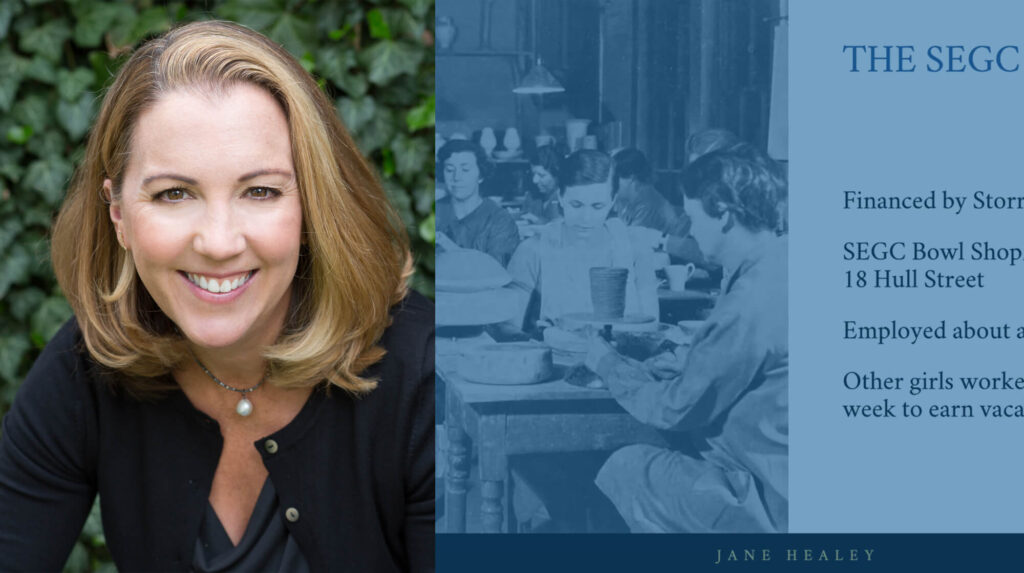
I’ll share with you the inspiration behind my first novel. You’ll even see some of the actual pottery the Girls made.

